Back in the ’90s, when Japanese sports cars were battling for dominance, the Mitsubishi GTO wasn’t just part of the fight—it was bringing tech that most rivals hadn’t even thought of yet. Known as the 3000GT in the U.S., this car didn’t just aim to go fast—it came loaded with features you’d expect to find in a concept car, not a production model. Active aerodynamics, all-wheel drive, four-wheel steering—it was like Mitsubishi built a time machine with turbos. Let’s break down exactly why the GTO was years ahead of the game.
1. Twin-Turbocharged V6 Powerhouse
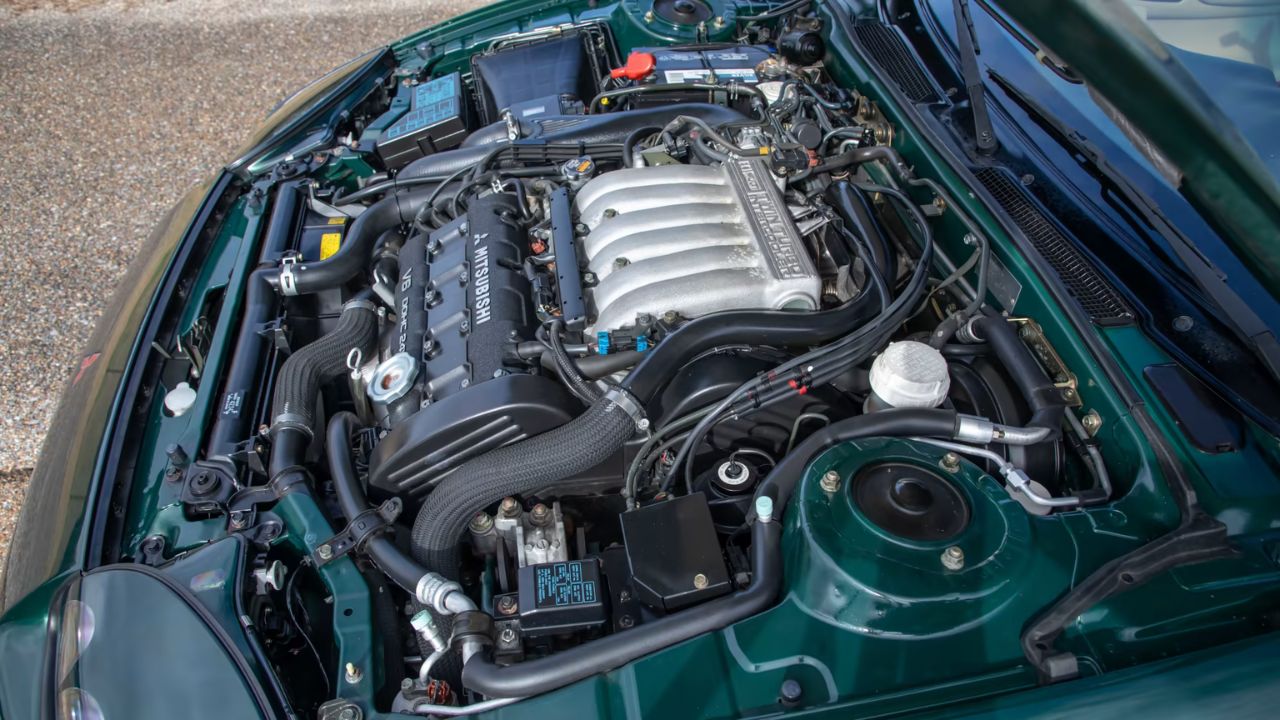
The Mitsubishi GTO was equipped with a 3.0-liter DOHC 24-valve V6 engine, enhanced by twin turbochargers. This setup produced up to 280 PS (276 hp) and 427 Nm (315 lb-ft) of torque, delivering robust performance across the rev range. The engine’s design emphasized a balance between power and drivability, making it suitable for both spirited driving and daily use.
The twin-turbo system provided immediate throttle response, minimizing lag and ensuring consistent acceleration. This engine configuration was a testament to Mitsubishi’s commitment to performance and innovation during the GTO’s production years.
2. Full-Time All-Wheel Drive System

The GTO featured a full-time all-wheel-drive (AWD) system with a 45/55 front-to-rear torque split. This configuration enhanced traction and stability, particularly in challenging driving conditions. The AWD system contributed to the GTO’s confident handling and road-holding capabilities.
By distributing power to all four wheels, the GTO maintained composure during acceleration and cornering. This system was integral to the vehicle’s performance-oriented design, ensuring optimal grip and control.
3. Four-Wheel Steering Mechanism

An advanced four-wheel steering (4WS) system was incorporated into the GTO, improving maneuverability and handling precision. At lower speeds, the rear wheels turned in the opposite direction to the front wheels, reducing the turning radius. At higher speeds, they turned in the same direction, enhancing stability during lane changes and cornering.
This technology provided drivers with increased confidence and control, particularly in dynamic driving scenarios. The 4WS system exemplified Mitsubishi’s focus on integrating cutting-edge features into the GTO’s design.
4. Active Aerodynamics for Enhanced Performance

The GTO was equipped with an active aerodynamics system, including automatically adjusting front and rear spoilers. These components adapted to driving conditions, optimizing aerodynamic efficiency and downforce. At higher speeds, the system adjusted the spoilers to improve stability and reduce drag.
This feature not only enhanced the GTO’s performance but also contributed to its distinctive appearance. The integration of active aerodynamics was a forward-thinking approach to vehicle design during the GTO’s era.
5. Electronically Controlled Suspension System

The GTO’s electronically controlled suspension (ECS) system allowed drivers to select between different damping settings, tailoring the ride quality to their preferences. This adaptability provided a balance between comfort and performance, accommodating various driving conditions.
The ECS system monitored driving inputs and road conditions, adjusting the suspension accordingly. This technology ensured that the GTO maintained optimal handling characteristics while offering a comfortable ride.
6. Advanced Transmission Options
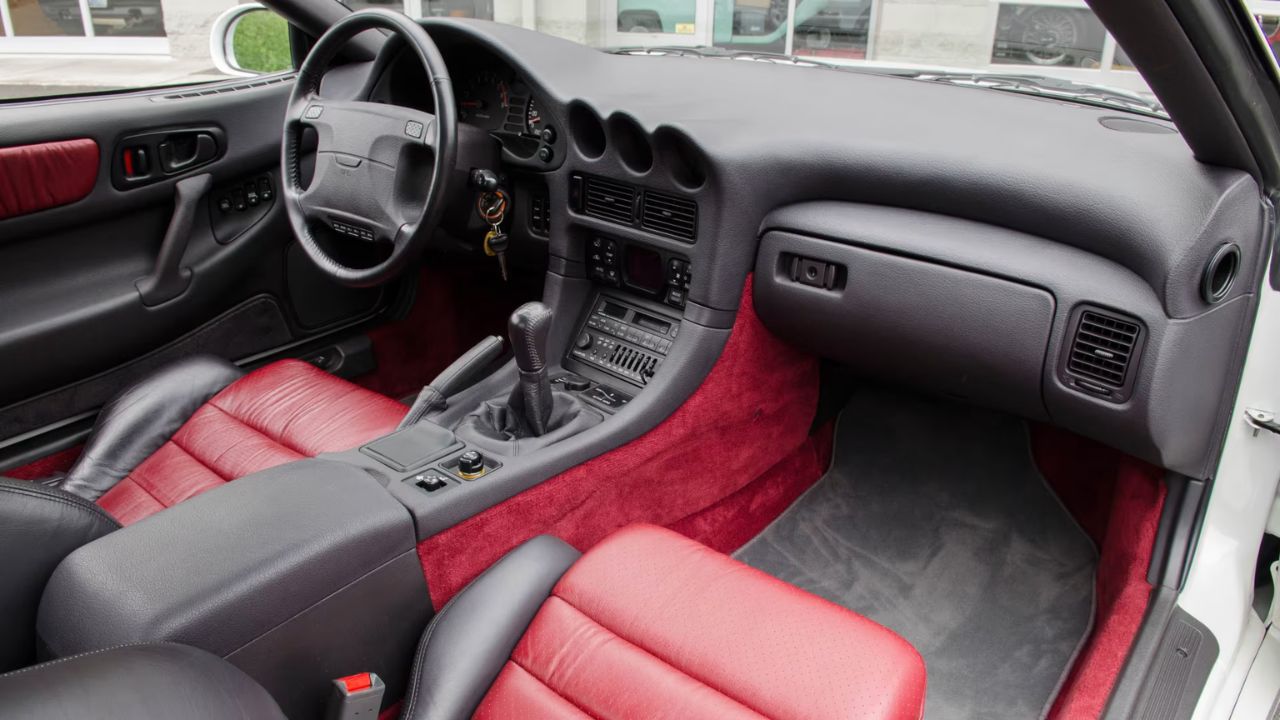
Throughout its production, the GTO offered several transmission choices, including a 5-speed manual, a 6-speed manual, and a 4-speed automatic. The 6-speed manual, introduced in later models, provided closer gear ratios for improved acceleration and efficiency.
These transmission options catered to a range of driving preferences, from enthusiasts seeking engagement to those prioritizing convenience. The availability of multiple transmissions underscored the GTO’s versatility as a performance vehicle.
7. Distinctive Exterior Design Elements

The GTO’s exterior featured pop-up headlights, a sleek coupe silhouette, and aerodynamic body lines. These design elements contributed to its sporty appearance and reduced aerodynamic drag. The vehicle’s styling was both functional and visually appealing, aligning with its performance capabilities.
The integration of form and function in the GTO’s design reflected Mitsubishi’s commitment to creating a vehicle that was both aesthetically pleasing and performance-oriented.
8. Technologically Advanced Interior Features
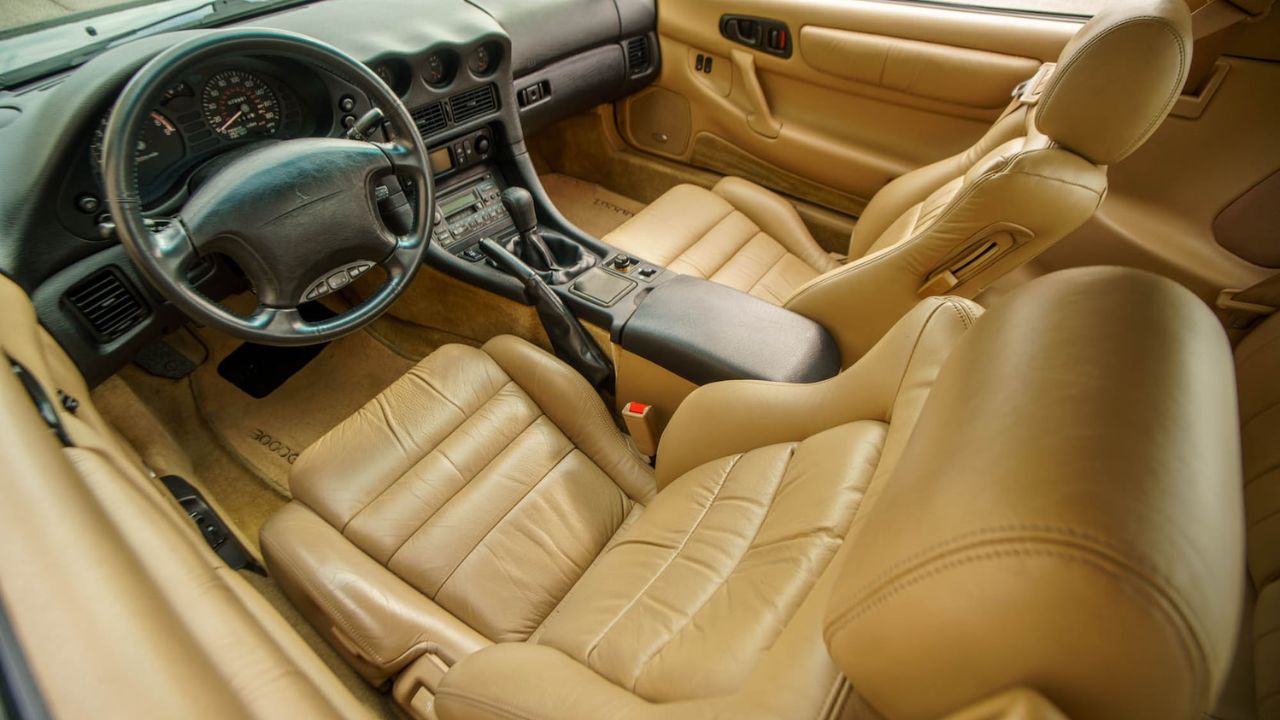
Inside, the GTO offered a driver-focused cockpit with features such as adjustable seats, a comprehensive instrument cluster, and climate control systems. The layout prioritized ergonomics, ensuring that controls were easily accessible and intuitive.
These interior features enhanced the driving experience, providing comfort and convenience without compromising the vehicle’s sporty character. The GTO’s cabin design complemented its performance attributes, creating a cohesive and engaging environment for the driver.
9. Limited Production Variants

Mitsubishi produced several limited-edition variants of the GTO, including the MR (Mitsubishi Racing) model. The MR variant focused on weight reduction by eliminating certain features, such as the active aerodynamics and ECS, to enhance performance.
These special editions catered to enthusiasts seeking a more track-oriented experience. The availability of such variants demonstrated Mitsubishi’s dedication to offering diverse options within the GTO lineup.
10. Influence on Future Automotive Technologies
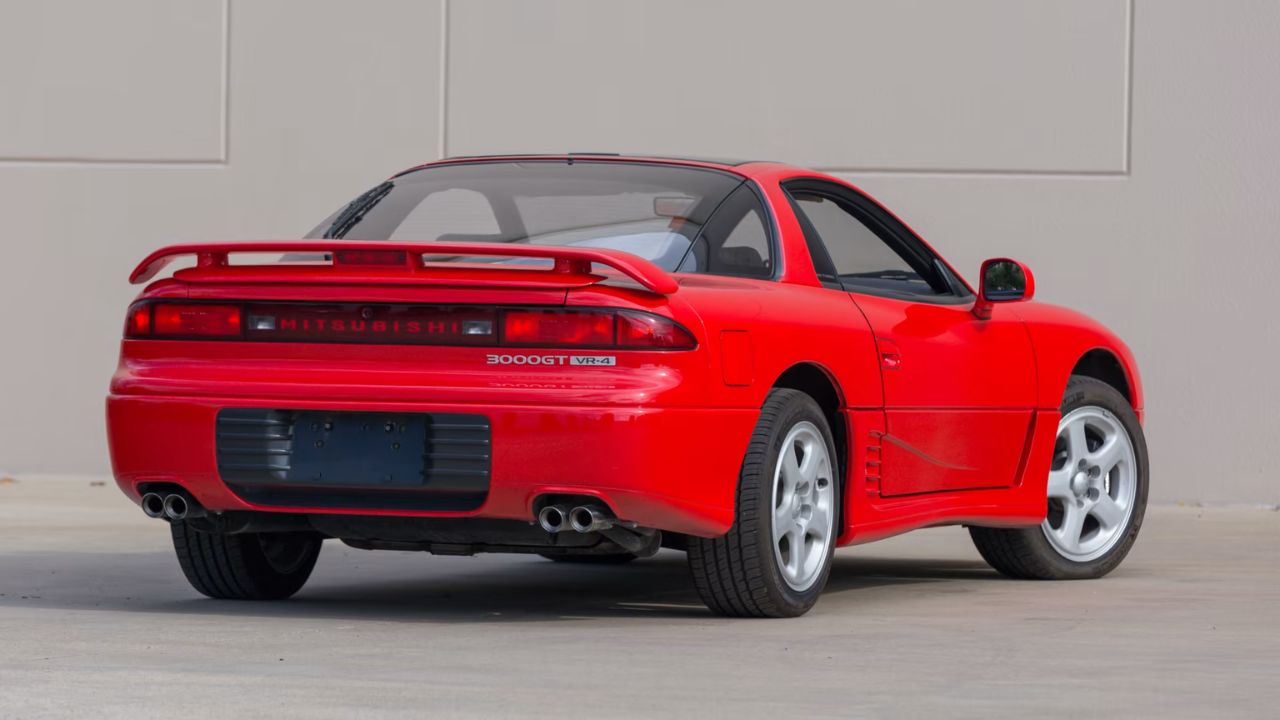
The GTO’s incorporation of advanced technologies, such as AWD, 4WS, and active aerodynamics, influenced the development of future performance vehicles. Its innovative features set a precedent for integrating electronic systems to enhance driving dynamics.
By pushing the boundaries of what was possible in a production car, the GTO played a role in shaping the direction of automotive engineering. Its legacy is evident in the continued evolution of performance-oriented vehicles that prioritize both technology and driver engagement.
*This article was hand crafted with AI-powered tools and has been car-fully, I mean carefully, reviewed by our editors.

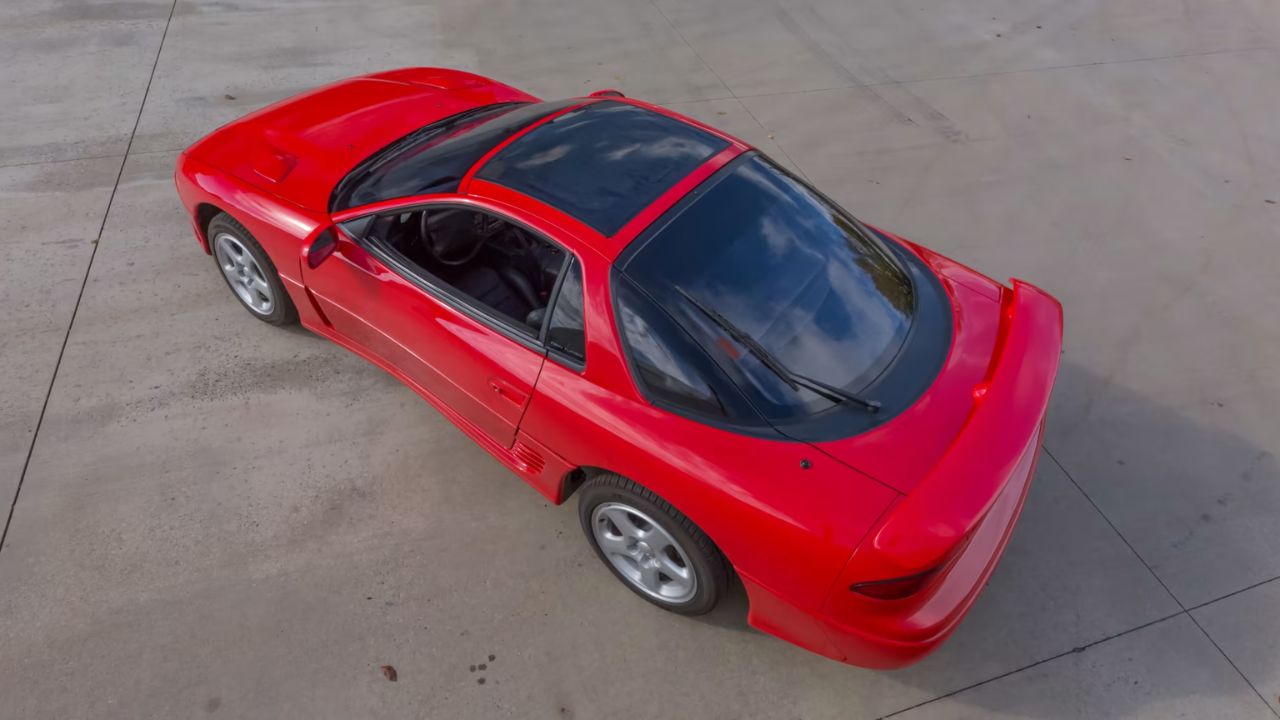


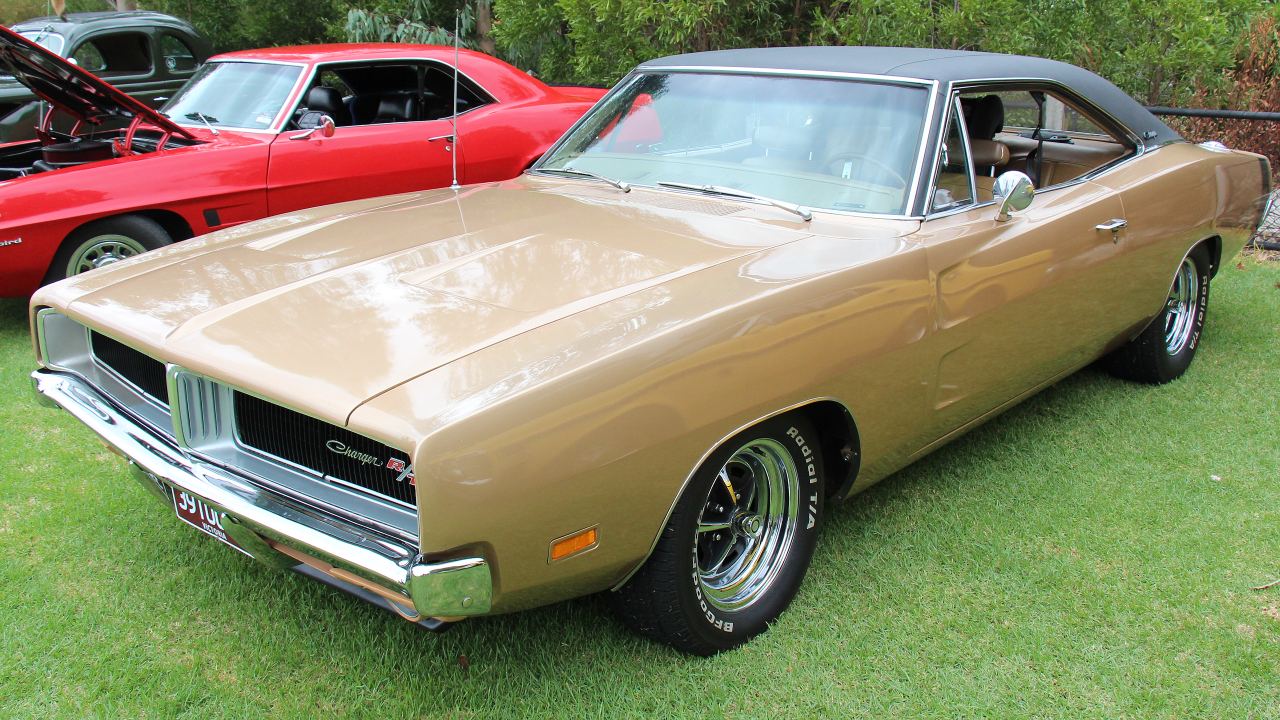


Leave a Reply